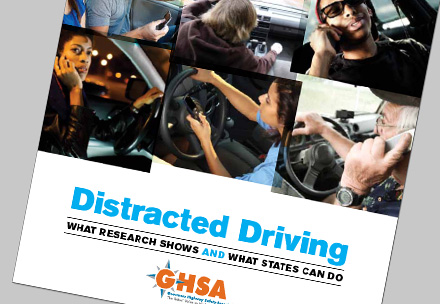The Governor’s Highway Safety Association(GHSA) released its summary of distracted driving research after considering more than 350 scientific papers published between 2000-2011.
The results for the most part were not surprising, confirming:
- distractions play a major role in crashes
- drivers can be distracted up to half the time they are driving
- novice drivers are more susceptible to distractions and need greater protection than more experienced drivers
- texting bans for all drivers should be enacted and education programs should be implemented.
 What was surprising was the recommendation that those states that have not yet implemented hand held bans for cell phones “should wait until more definitive research and data are available on these laws’ effectiveness.”
What was surprising was the recommendation that those states that have not yet implemented hand held bans for cell phones “should wait until more definitive research and data are available on these laws’ effectiveness.”
Given that there is a defined percentage of the population that does change their behavior when forced to do so when laws are enacted, and the overwhelming evidence of the relationship of distractions to crashes, this recommendation borders on irresponsible. The report does encourage the continued effort to “leverage effective, low cost roadway countermeasures such as edge-line and centerline rumble strips, which alert motorists when they are drifting out of their driving lane.”
Perhaps the GHSA was influenced by budget concerns and to provide cover for those few states that have failed to enact any life-saving legislation in this area? Laws, education and enforcement are all required to change drivers’ behaviors and reduce crashes. Laws, by themselves, will not be as effective as is necessary to save lives, but how many lives will be lost, particularly young lives, while the alleged missing scientific evidence is sought? The timing of the report coincides with the wonderful success of NHTSA’s pilot programs in Syracuse and Hartford which demonstrated that laws, education and enforcement had dramatic effects in reducing distracted driving. This program provides evidence that we can use to continue to develop interventions that will change driver behavior. To the families that have lost loved ones to distracted drivers that means more than any report can demonstrate.




